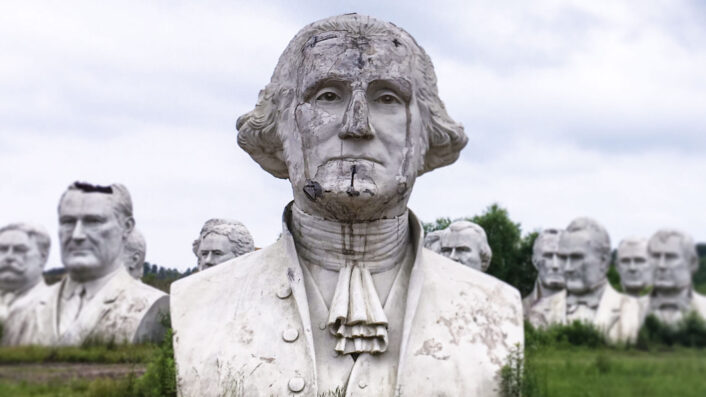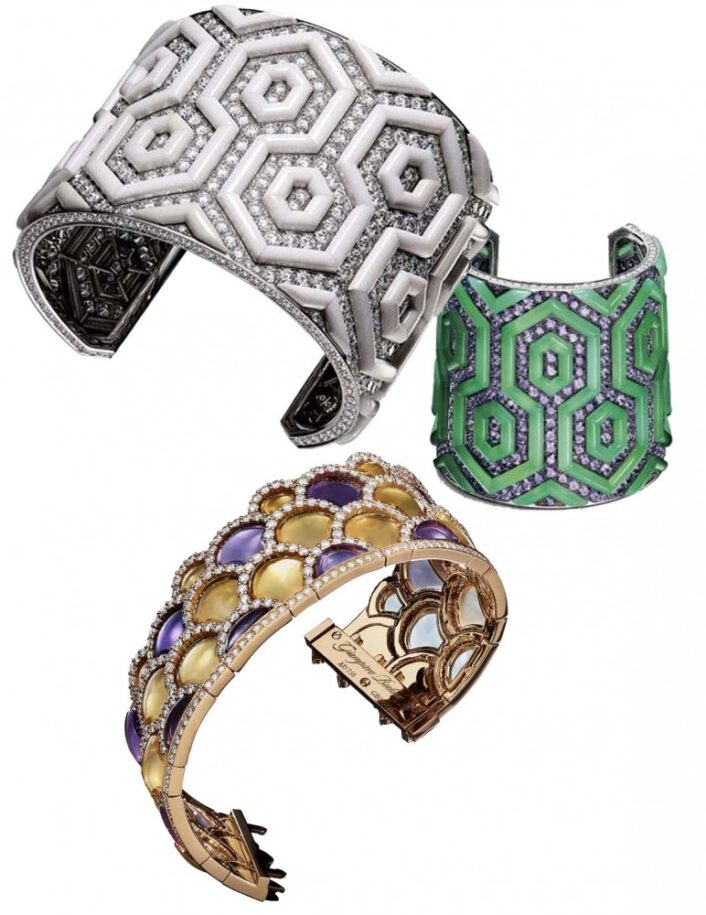Culture
Where did Egyptian statues’ broken noses go?
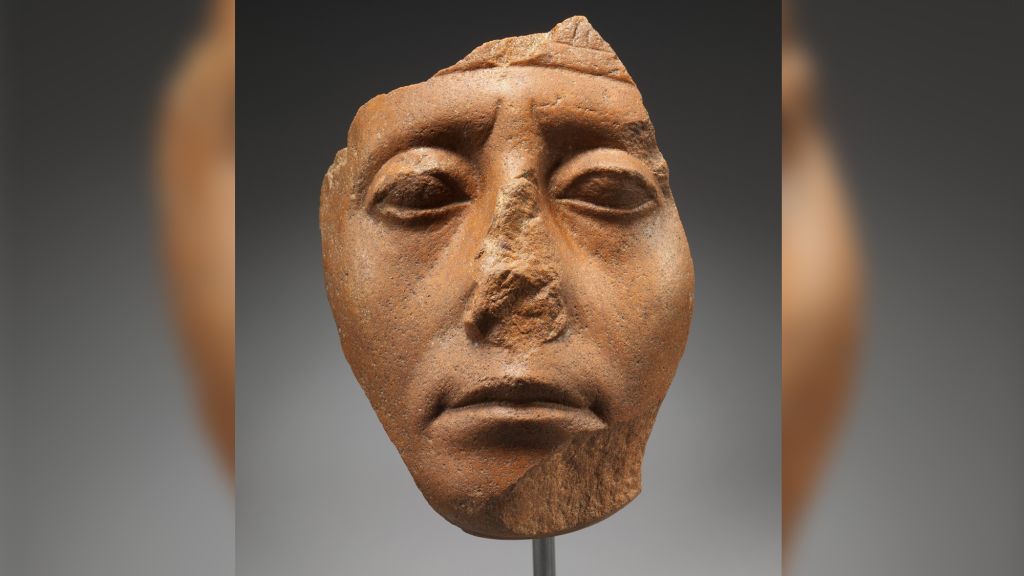
The Egyptian Pharaoh Senwosret III, circa 1878-1840 B.C.
Contrary to many Egyptian rulers who wanted to appear young and robust, Senwosret III chose to show a more realistic portrayal of himself with heavy-lidded eyes, thin lips, and diagonal furrows.
Image courtesy of: Live Science
Why does it seem as though almost every Egyptian statue displayed at a museum is devoid of his nose? Although it might seem reasonable that the statues are defaced after thousands of years of wear-and-tear, there are many reasons that point to a pattern of widespread and deliberate destruction.
Edward Bleiberg, a curator at Brooklyn Museum, realized that he should not take for granted that sculptures were damaged. The museum has an impressive holding of Egyptian, Classical, and Near Eastern Art… so there were many samples to research. In addition, Bleiberg’s training in Egyptology, a field that encourages visualizing how a statue would look if still fully intact, fueled his fire to come to the bottom of this common and basic question!

Even though some people believe that the noses were accidentally removed, you can easily tell that statue was deliberately damaged by the cut marks left behind.
Image courtesy of: Express U.K.
Bleiberg cites a plethora of political, criminal, and personal reasons that are probably behind the damage to the statues and reliefs which date back from the 25th century B.C. to the 1st century A.D. For many years, it was considered natural that a protruding sculpture’s nose was easily broken; however, flat reliefs also feature smashed noses.
Understanding ancient Egyptian’s beliefs was vital to understanding why there were so many “smashed” noses. Research has shown that ancient Egyptians believed that statues had a life force. If an opposing power came across a statue it wanted to disable, the best way to do that was to break off the statue’s nose and hamper the breathing.
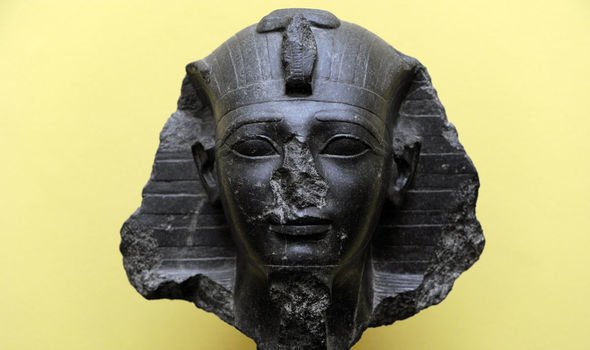
Broken noses are thought to be the earliest form of iconoclasm.
Image courtesy of: Express U.K.
Adela Oppenheim, a curator in the Department of Egyptian Art at The Metropolitan Museum of Art in New York City, is a leading expert in the field. She says that ancient Egyptians understood science and knew, on a basic level, that the statues were not going to get up and move around since they were made from stone, wood, or metal. They also realized that the statues did not actually breathe. Oppenheim told Live Science, “They knew that they weren’t inhaling air — they could see that,” Oppenheim told Live Science. “On the other hand, the statues have a life force, and the life force comes through the nose, that’s how you breathe.”
Commonly, statue cermonies were performed that included the “opening the mouth ritual,” where the statue was blessed with oils and objects were held up to it in hopes of enlivening the statue. Oppenheim said, “This ritual gave the statue a kind of life and power.”
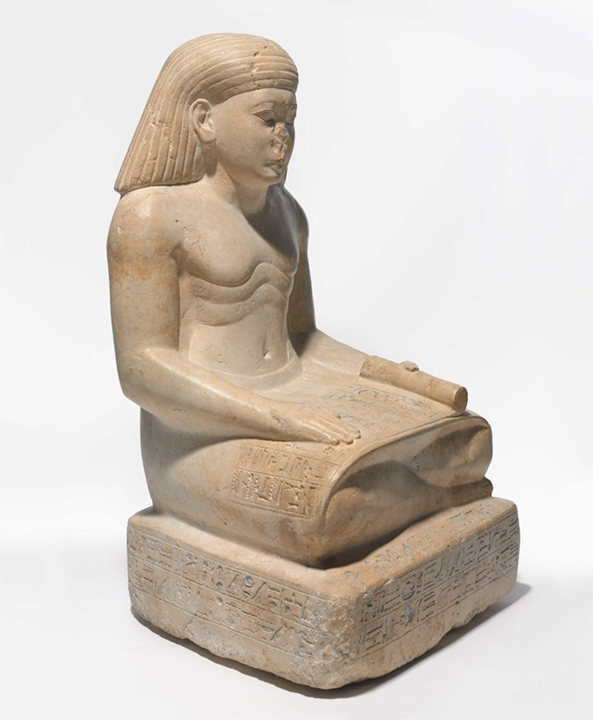
Perhaps even more basic, the common practice of damaging pieces dates back to the beginning of Egyptian history. Bleiberg said that mummies were intentionally damaged under the “very basic cultural belief that damaging the image damages the person represented.”
There were superstitious beliefs that many tomb raiders held. Even though they were just there to rob the priceless objects, the raiders were concerned that the deceased person might take revenge if his likeness was not mutilated. You needed to “kill it”… obviously one simple way to do that was to cut off the nose so that it can not breathe. Sometimes though, the mutilators did not stop with the nose, they smashed and damaged the face, arms, and legs in order to deactivate the life force.
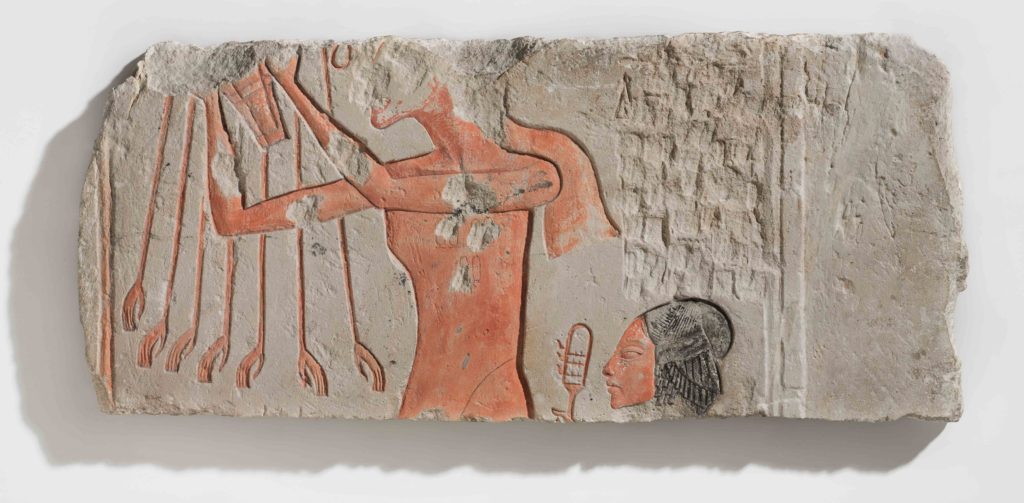
Akhenaten and His Daughter Offering to the Aten. New Kingdom, Dynasty 18, Amarna Period, reign of Akhenaten, circa 1353–1336 B.C. Made for a temple in Hermopolis Magna, Egypt.
Image courtesy of: ArtNet
Without a nose, you can’t breathe.
Similarly, if ears were removed or damaged, the statue of the god would be rendered deaf and thus, unable to hear a prayer. Finally, in statues intended to show humans making offerings to gods, the left arm is the one most commonly used to make offerings. If it is cut off, that the statue can not perform the necessary function.
It makes perfect sense when you break it down!
